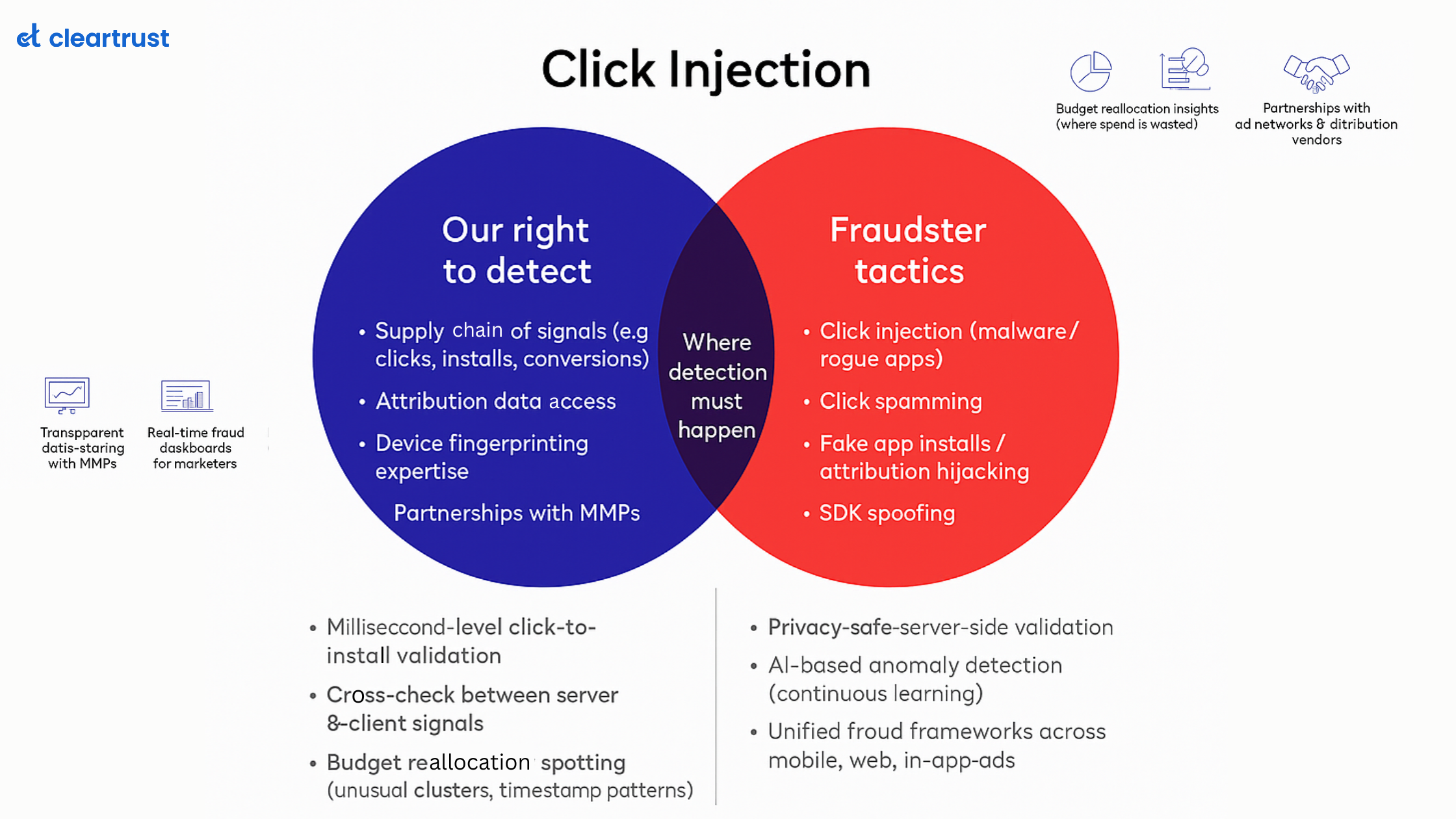In the ever-evolving landscape of ad marketing, the battle against ad fraud is an ongoing challenge that keeps digital publishers on their toes. Ad fraud is a pervasive issue in the industry, costing businesses billions of dollars annually. One notorious form of ad fraud that has been causing headaches for digital publishers is cookie stuffing. This devious technique allows fraudsters to profit at the expense of honest advertisers and publishers.
Digital ad fraud accounts for $1 for every $3 spent on digital ads. Irrespective of your reputation in the programmatic space, any form of exposure to a fraudulent tactic can cost you and your business dearly. In this blog, we will explore the intricate workings of cookie stuffing, its detrimental impact on programmatic publishers, and how to safeguard your ad marketing efforts against this menace.
What is cookie stuffing?
Cookie stuffing is an affiliate fraud technique in the ad marketing space through which fraudsters try to obtain credit for sending leads and affiliates to marketers when in reality there is no such transaction happening. A malicious actor may drop cookies on a publisher’s browser without the consent of a specific ad. When the user clicks such an ad, the fraudster's cookies may overwrite the publisher’s cookies. As a result, the commission for any purchase made by the user will go to the fraudster.
Let’s check how this process takes place

How does cookie stuffing impact publishers?
The ramifications of cookie stuffing are profound, particularly for programmatic publishers who are increasingly dependent on the efficiency and accuracy of their ad campaigns:
- Reputation Damage- Cookie stuffing can tarnish a publisher's reputation, as they may unknowingly become associated with fraudulent practices. Advertisers are less likely to collaborate with publishers suspected of being involved in ad fraud, impacting their ad marketing efforts.
- Financial Losses -Fraudsters siphon off revenues that should rightfully go to honest publishers. This undermines the economic sustainability of the digital marketing ecosystem, causing significant financial losses to publishers.
- Decreased User Trust- When users encounter ads that seem irrelevant or intrusive due to fraudulent cookie stuffing, their trust in digital advertising diminishes. This erosion of trust can drive users away from the affected publisher's site.
How can you avoid cookie stuffing?
As a digital publisher, protecting your ad marketing efforts from cookie stuffing is paramount. Here's how you can safeguard your website and reputation
- Monitor Your Website- At the foundation level, publishers must regularly audit websites for any suspicious activities, such as sudden spikes in click-through rates or unusual patterns in user interactions. Early detection can help you take action promptly.
- Utilize Anti-Fraud Tools- It is always a good deal to invest in anti-fraud solutions like ClearTrust and tools that can identify and block cookie-stuffing attempts in real-time. These tools can help you stay one step ahead of fraudsters.
- Evaluate Ad Partners- In terms of choosing a partner, it is crucial to scrutinize the ad networks and affiliates you work with. Choose reputable partners and maintain transparency in your relationships. Ensure that they adhere to industry standards and best practices.
- Implement a Consent-Based Approach - A consent tab may seem like a small thing but can go a long way in avoiding cookie stuffing. Only drop cookies when you have received explicit consent from users. This approach not only aligns with data protection regulations but also makes it difficult for fraudsters to stuff cookies without user consent.
- User Education- As a publisher, make an effort to go the extra mile and educate your users on online privacy and the potential risks of ad fraud. Make them aware of what to expect when interacting with ads on your site.
- Frequent Updates- Keep your website and content management systems up to date. Regular updates often include security patches that can protect your site against vulnerabilities that fraudsters might exploit.
The complex and surreptitious nature of this ad fraud technique can have far-reaching consequences, affecting reputation, finances, and user trust. However, with vigilance, the right tools, and a commitment to transparency and user consent, publishers can defend their ad marketing efforts against the menace of cookie stuffing.







